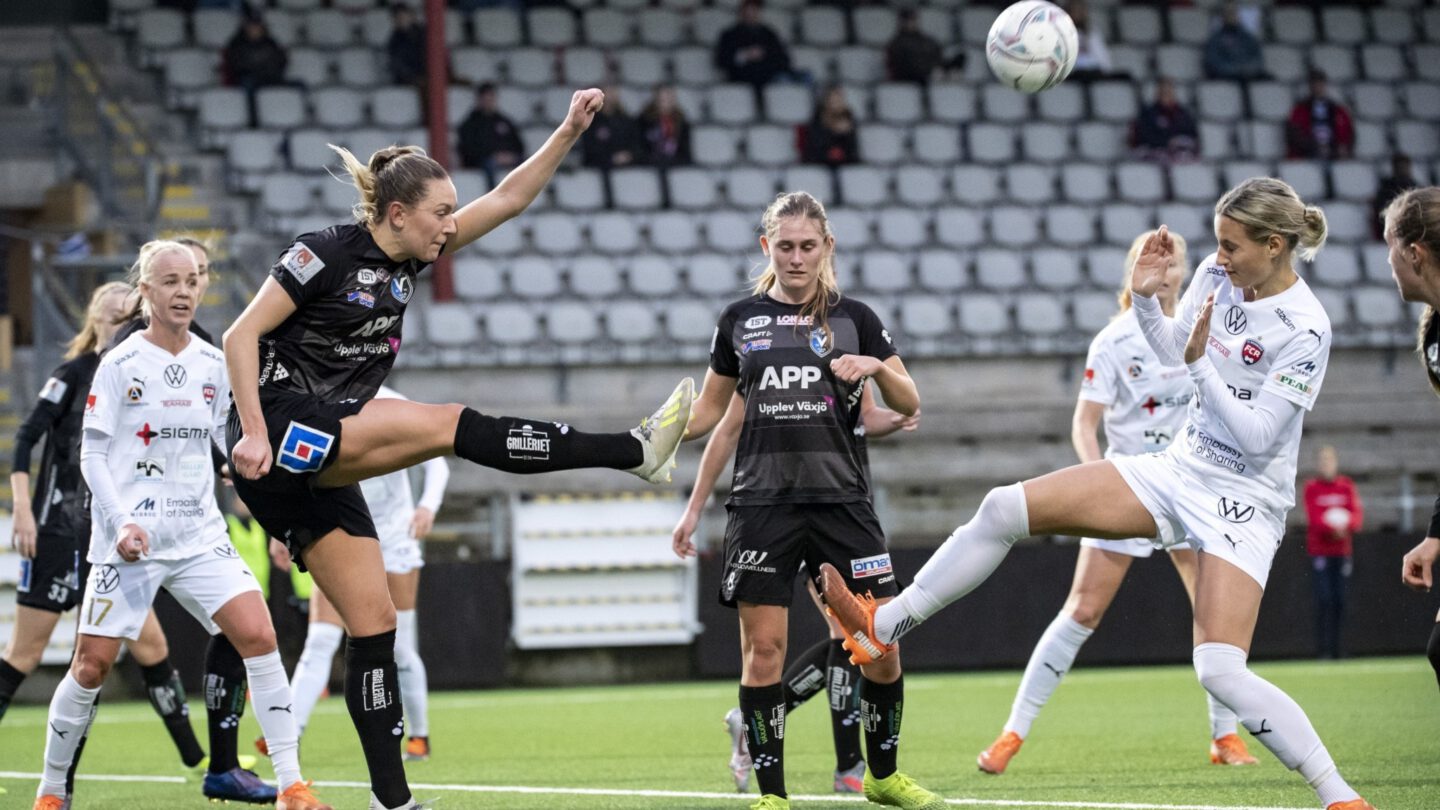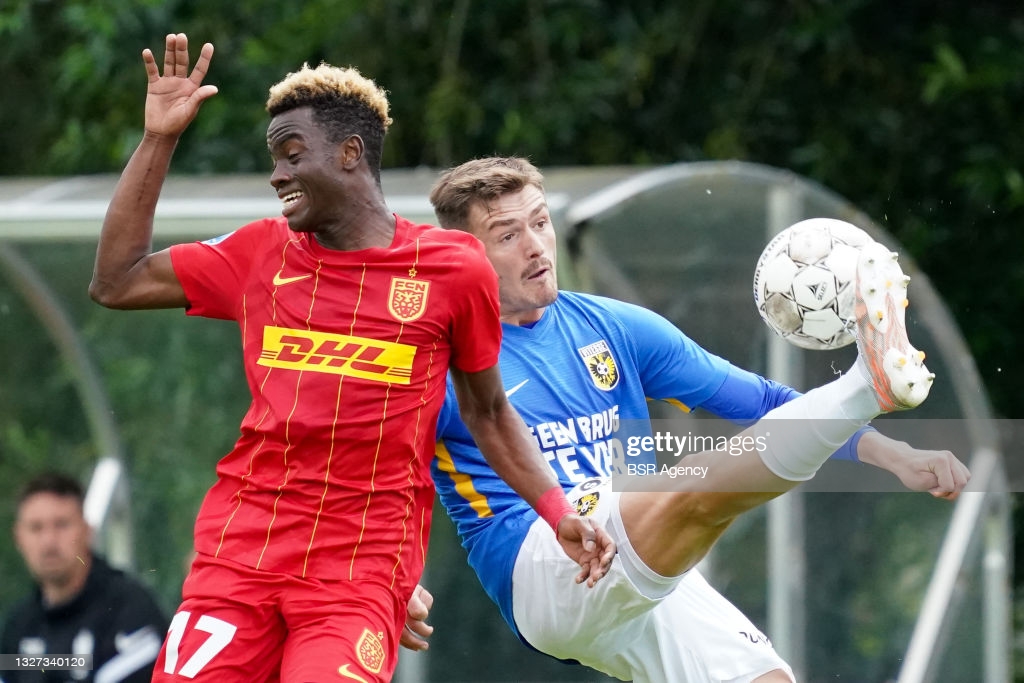Joël Piroe was known as a talent in the PSV academy, but after he moved to Wales, to play for Swansea City, many Dutch people made it out to be a weird move. He is off the radar and new talent has been given attention. The Dutch striker however is performing quite well in the Championship and that’s why I wanted to analyse his shooting stats and qualities in this article.
I will look at Piroe’s shots and analyse where they come from, how well he is doing, and whether he is one of the top strikers of the ball in the Championship. I will do that by looking at the shooting metrics compared to his peers, but also investigating more into his shots. The data and video come from Wyscout and were retrieved on February 16th, 2021.

In the scatterplot above we can see the metrics shots per 90 and expected goals per 90. It tells us how big the probability of a shot being converted into a goal is and the actual shots. We can assess how high the quality of a shot is and how likely it is that that particular shot will end up in a goal.
Piroe has an xG per 90 of 0,30 per 90 minutes from 2,57 shots taken per 90 minutes. It tells us how many goals Piero is likely to score every 90 minutes. With these metrics, he is doing quite well and performing above average in relation to his peers in the English Championship.
In the graphs below you can see the percentile ranks of Piroe compared to the 105 players in my database. This shows in which percentile he is for every metric that belongs to the shooting side of the game.

You can see that Piroe does very well in the shooting stats, especially when you look at the non-penalty goals per 90 and shots per 90 metrics. He scores above average in the other two metrics for shooting as well. If we look at the actual creating and possession metrics, he scores below average.

In the image above you can see a bee swarm plot. This visually shows us how Piroe is performing in relation to his peers, and how far ahead (or not) he is to his peers. It shows us the same data as in the percentile radar, but now in a different visual.

In the last of these comparison graphs, we see a comparison radar. We see the absolute values of the metrics of Piroe and compare them to the average values of these metrics within our database. Again, this shows us that Piroe is performing above average when you look at the shooting stats, but not so much in the other stats.
Shot locations

Looking at the shot map above we can see that Piroe has had 76 shots across all competitions, with 14 of those shots converted into a goal. That’s a conversion rate of 18,42%. In all those games he accumulated an expected goals ratio of 8,7. This means that he is overperforming his xG with +5,3. That’s a good sign.
A shot map over a season doesn’t say that much, and I wanted to illustrate where his shots come from in the last few games he has played. The last 4 actually, which you can see below.

So in the shot maps above you can see that Piroe has played amounts of minutes and not had many shots, but what we can see is that he shoots in and around the box in these particular games against Luton Town, Blackburn Rovers, Stoke City and Bristol City. What we also can see that he doesn’t shy away from trying to shoot from distance, which can explain the high volume of shots per 90 in comparison with his peers.
Video analysis
In the video above we see Swansea attacking in their game against Blackpool. It illustrated the area where Piroe loves to operate: zone 14. He remains a bit less progressive as his teammates as the attack is constructed and has more space to receive the ball. He claims the ball, wins the 1v1 and blasts the ball in the top corner with his right foot.
In the video above you see Swansea attacking in their game against Nottingham Forest. They move up the field and are trying to utilise the flanks and swing a cross into the six-yard box. While Piroe is a striker/attacker, he remains conservative in his position to anticipate any cleared/defended balls. This is no different in this case, as the cross is deflected. He doesn’t hesitate and volleys the ball – albeit deflected – into the top corner. An excellent strike from Piroe.
In the video you see Swansea attacking after regaining possession of the ball vs Bristol City. In the transition Swansea are in a 3v3 situation with Piroe on the ball. He has options to pass the ball and utilise the flanks, but he opts for the 1v1, wins it and creates space for himself in front of goal. His shot with his left foot is a success in which he drives it into the long corner, away from the keeper’s reach.
Final thoughts
Piroe has made a move to the Championship which might feel like a weird thing to do in the Netherlands when you were contracted at PSV, but for his development, it’s a good thing to do. He can be very important and can grow in a very competitive league. Judging his scoring numbers he also is finding his way and can be instrumental in any success the Swans might have on the pitch this season.






























































